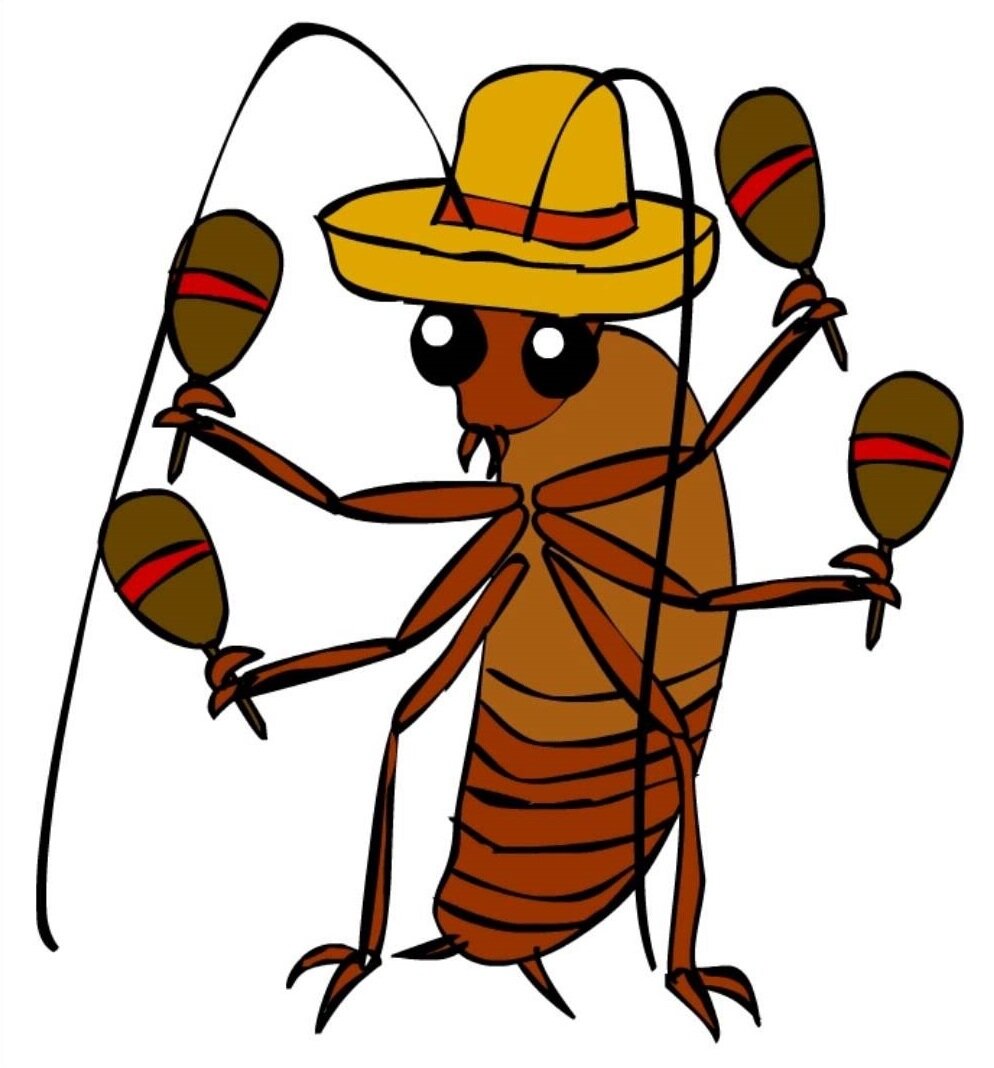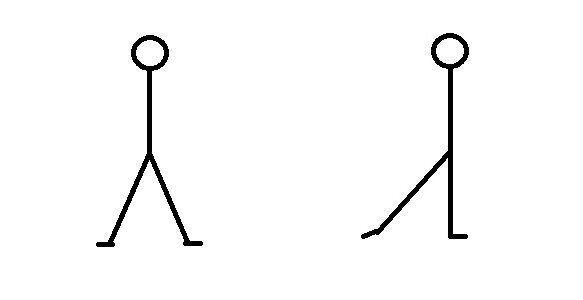All about Cucarachas 
15 June 2016
The Cucaracha is one of the most basic figures in Rumbas, and yet it is one of the most beautiful. It is used by PreBronze dancers and Professionals alike, and allows the dancer to showcase one of the most important elements of Rumba: the hip action. For that reason, it is one of the most important figures in all of Rumba to work on, since it will be with you as long as you dance. Nevertheless, there remain many misconceptions among students of dance about the Cucaracha, and so this article will aim to enlighten in that respect.
What is a Cucaracha
If you have never danced a Cucaracha before, you can read the technical description and watch a video demonstration of it here. In short, the Cucaracha is a PreBronze Rumba figure where each dancer steps to the side, the transfers weight back to the original foot, then closes the feet. Because the name means cockroach in Spanish, I like to think that I was standing there when I noticed a bug and decided to squish it with my foot, before going back to where I was standing. But the Cucaracha isn't just this figure, it is also the action used in the figure. For example, the Lady is often dancing something else while the Man dances a Cucaracha action.
Note that the Cucaracha does not have to be ended with feet together; the final step may be forward or backward.
Cucaracha vs Cuban Rock
One of the most common mistakes in terminology is to confuses the Cucaracha with the Cuban Rock. While these figures are very similar in that they aim to show strong hip action without travel or rotation, they are also very different. As discussed above, the Cucaracha commences with feet together, while the Cuban Rock consists of three weight changes, commencing and ending with feet apart. In the Cucaracha, you can step to the side to squish the bug and then step somewhere else, but in Cuban Rocks the feet never move. See here for the technical description and video demonstration of the Cuban Rock.
Forward and Back Cucarachas
Something unknown to many is that Cucarachas can be danced not only to the side, but also forward and back, and there is a difference between a Checked Forward Walk and a Forward Cucaracha. In a Checked Forward Walk, such as we find in the Open Basic Movement, you have three parts:
| 1 | step forward into a split weight position on beat 2 |
| 2 | settle the weight and move the body toward the front leg as the back knee bends until it comes in contact with the front knee on beat & |
| 3 | transfer weight back to the original foot on beat 3 |
The forward Cucaracha, however, replaces the middle part with only dancing a hip action. Therefore, the weight will not be sent toward the front foot, nor will the knee be bent until it comes into contact with the front knee. The Forward Cucaracha action is therefore used on figures where movement of the spine toward the forward foot would be undesirable, such as the Man's step 1-2 of the Alemana or Hockey Stick.
The Correct Transfer of Weight
The point of the Cucaracha is to dance a hip action while strongly between feet. Therefore, when you take that first step to the side, you should not get your weight over that foot. Usually in Rumba, side steps should have a full transfer of weight, but not for this first step of the Cucaracha. Make sure that your step is taken so that your centre line never reaches your foot. This means that you should not be able to pick up the free leg without falling over.
On Step 2, however, you must return to a balanced position before you close your feet. Here you will move your spine over the foot, so that you can take full weight off your other foot and close it.
Take a look at this professionally drawn diagram of armless stickmen dancing Cucarachas.

On the left is where you should be on step 1 of a Cucaracha, with your weight split between two feet. On the right is where you should be on step 2, having moved the spine back over the original leg.
Don't Release the Heel
Traditionally, the technique of a Cucaracha is not to release the heel from the standing leg on step 1, but then to release the heel on step 2. Let's take a RF Cucaracha for example.
| 1 | RF to side, both heels in contact with the floor |
| 2 | Transfer weight to LF, R heel released from the floor |
The reason for this asymmetry is that on the first step you don't want to fully transfer weight. As stated above, you should be going into a split weight position. By not releasing the heel of the back foot, you are inhibited from getting your full weight over the foot. On the second step when you do want to transfer weight, there will you release the heel from the back foot and push from the toe, giving you a little extra length to get onto the new standing leg.
Recently, top dancers (especially Ladies) have opted to dance the Cucaracha while releasing the heel both times in order to give a more beautiful leg line. This is more difficult, as it requires you take a larger step to remain split weight on the first step, but that you also use a lot more strength to get back fully over the leg on the second step. It is not recommended that those still dancing the Syllabus release the heel, as correct traditional technique is typically more valued in these levels.